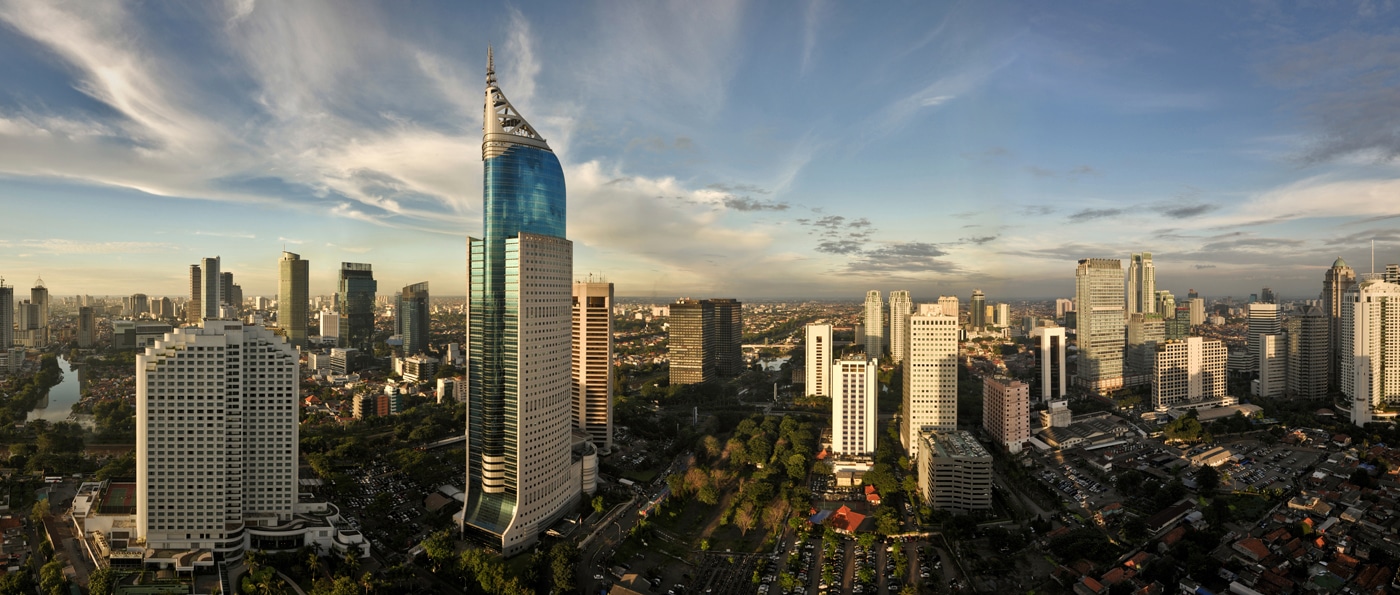At Bryghtpath, we spend a lot of time thinking about global risks, the uncertainty that they create, and how to best position strategies with our clients to help them weather the coming storm.
As we approached 2018, we thought long and hard about what the next year may bring us in terms of challenges. The end result of that discussion is our list of what we see as the top global risks of 2018.
In addition to discussing here, we talked through this list of risks on Episode 26 of our Managing Uncertainty Podcast back on January 8th.
Here are our top 12 global risks of 2018…
The Rise of China
China has been an economic and national security threat to the United States and other countries for some time, but only recently has China begin taking somewhat of a different approach to geopolitical affairs. China, under the current generation of leadership, has begun participating and cooperating with international institutions in ways that they previously have never done.This shift takes on even more importance when we look at the current state of affairs and see a decline in the United States’s participation in these sorts of international institutions.
That power vacuum is being filled by China.
North Korea
It’s difficult to tell where the challenges with North Korea will take us in 2018. They are a nuclear power which a ballistic missile capability that is developing more quickly than was ever anticipated by intelligence agencies. It’s only a matter of time before they are able to credibly threaten United States assets directly.
They already pose a direct threat to economic interests in South Korea, including billions of dollars in assets and manufacturing inventory relied upon by the rest of the world.
The Rise of three technologies: Automation, Robotics, & Artificial Intelligence
These three technologies are going to have a significant disruption in how we think of the world over the next several years.
Automation is already having a major impact on our day to day lives, particularly in areas like marketing and manufacturing. For example, even small businesses have access to specialized marketing automation tools that a few years ago would have cost hundreds of thousands of dollars in order to utilize. Today, they can be had for the price of a $49.99 monthly subscription.
Robotics, particularly when tied with both AI and automation, will revolutionize how we think of areas like travel, surveillance, and others. For example, consumers now have access to unmanned aerial surveillance vehicles (drones) that even a decade ago were available only to the military forces of large industrial nations. Today, for $500 or less, a consumer can outfit themselves with a folding drone that will fit in a briefcase and contain more robotic automation and AI capability than a military drone of a decade or so ago.
Finally, artificial intelligence will be the glue that brings these disparate technologies together. However, the greatest impact from AI will be from how it replaces many professional roles that we see as careers today. For example, AI can already generate passable news stories of so-called “fake news” – creating social proof of an event that didn’t really happen. And that’s just the beginning of what AI will be able to do over time.
Mexico
In 2018, Mexico will be faced with a Presidential election, the potential re-negotiation of the NAFTA agreement with the United States and Canada, and the focus of President Trump’s ire around immigration policies and border security. Their internal policy decisions and election results will have a direct impact on the economic well-being and national security of the United States.
Iran
Iran’s nuclear program, support and guidance for Hezbollah, and internal dissent place it on our list of top global risks for 2018. Iran has been a major power player in the Middle East for decades, gaining in prominence during the hottest moments of the wars in Afghanistan and Iraq.Late last year, it was their internal strife that was headlining global news outlets – and while this uprising of dissent has calmed for the time being, it won’t be the last pro-democracy movement in Iran.
Trade protectionism
For the first time in recent history, the United States has begun pushing a more protectionist trade policy. Just this past week, President Trump’s administration imposed new tariffs on solar panels and related equipment.For decades, tariffs were widely considered to be a trade policy from history – but President Trump campaigned on imposing certain tariffs and is now beginning to deliver on those promises. The uncertainty could herald the start of a new trade war.
UK Brexit
The United Kingdom is still negotiating the terms and timetable for its departure from the European Union – a supremely political event that has already led to the downfall of one Prime Minister and may yet cost Theresa May her government as well.
The ongoing uncertainty of the future relationship between the United Kingdom and the European Union is what defines this as a top global risk for the coming year.
Sexual Harassment Scandals
It begin in Hollywood with Harvey Weinstein and hasn’t slowed down as men across industries, political parties, and geographies were exposed for their harassing behavior in the past – and, in some cases, current behavior.
We don’t believe we’ve seen the end of these situations becoming public – and any major corporation worth its salt should be prepared to learn of behavior in its top ranks that it never believed was happening.
Inaction following the 2017 Hurricanes
The 2017 Hurricane season was the largest on record – for total damage, total losses, most rainfall and flooding – and the list goes on. Many organizations struggled with their response because they had inadequate plans in place to deal with a catastrophic hurricane – let alone a year in which there were three major hurricanes over a brief time period.
The real risk following the 2017 season is that government at all levels – and private sector organizations – fail to take heed of this opportunity to make momentum on driving forward changes in preparation, response, and recovery strategies for the coming year.
Terrorism
Despite efforts around the globe, we continued to see terrorist attacks throughout 2017 and in early 2018.
The greatest threat with terrorism currently is the rise of the self-radicalized terrorist who has been radicalized through online methods such as YouTube, Facebook, and other platforms. They then engage in attacks using methods and techniques taught to them through online lessons and publications such as Inspire magazine. These sorts of attacks are extremely difficult to detect since they do not rely upon a command and control system and often are planned in complete isolation.
Companies likely cannot deter such attacks but there are often warning signs that can indicate pre-attack surveillance and planning that can be detected through an appropriate behavioral detection program.
Cybersecurity
Significant data breaches continued to dominate the news in 2017 and we expect this trend to continue in the new year as well.
Companies continue to struggle to secure their systems against a determined and skillful outside attacker. When breached, companies struggle with the public relations messaging required in order to rapidly respond and contain the impact of the data breach.
Global Uncertainty
We live in highly uncertain times. The rule-sets that once governed how the world interacted are changing before our very eyes and remain unsettled.
Companies that wish to continue success in the year ahead will take actions to ensure their resiliency against disruption through a clear-eyed view of the threats and risks around them, a robust crisis management capability, and well-practiced plans that can be implemented with the critical moment is upon their organization.
We wish you luck in the year ahead!


 Recent Notable Workplace Violence Incidents from 2017
Recent Notable Workplace Violence Incidents from 2017